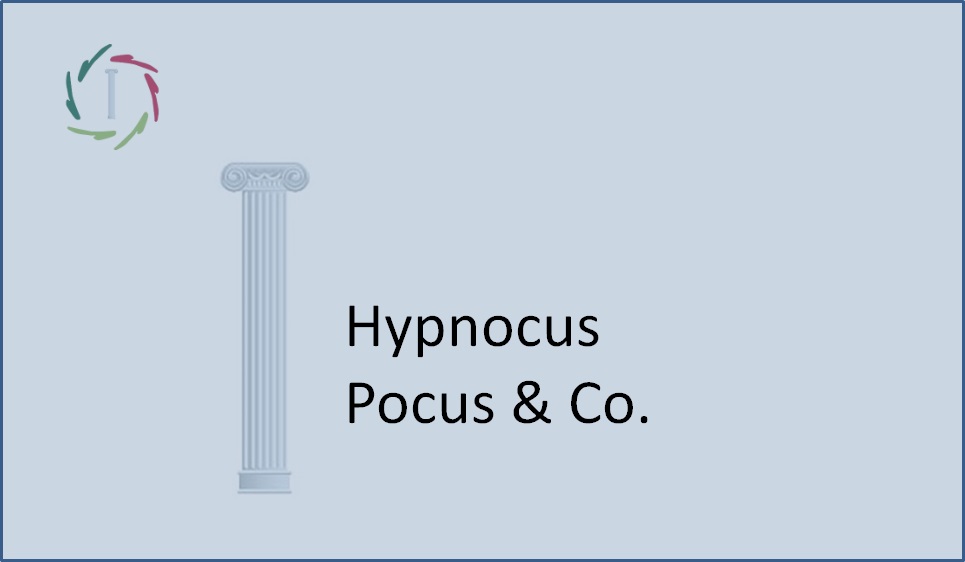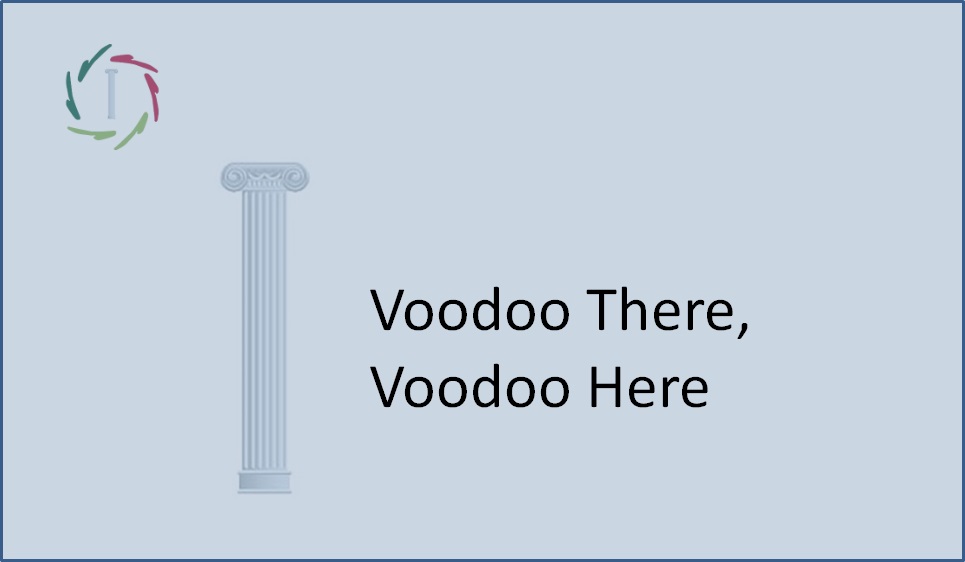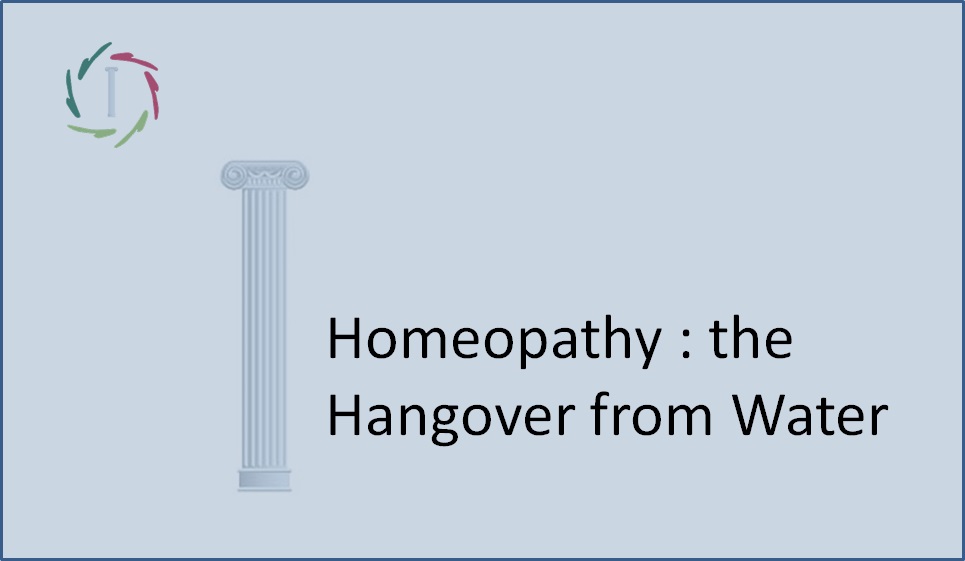32. Hypnocus Pocus & Co.

“Everything that is possible with hypnosis is also possible without hypnosis.”
Freud, suggestion, Braid, Liège
At the beginning of his career, Freud flirted with hypnosis. Evil tongues claim that this was not his favorite because he could not get along very well with ‘the nonconscious’. So, he developed, with the help of psychoanalysis, a vision of the nonconscious that looks very much like a ‘consciousness behind the fence’. That coincidentally (?) fitted well in the worldview of that time. Result: success. But beautiful songs often last only slightly longer than less beautiful ones…
Around the same turn of the century, the concept of ‘suggestion’ was on the rise, both inside and outside the world of hypnosis.
Part of this discourse was a therapeutic use of the nonconscious. With a totally different vision on this than Freud. Perhaps this vision would have received more attention in the East. This nonconscious is more a kind of Oriental ‘void’. Not just empty, but empty of concepts: ’empty of forms, full of meaning’.
Fifty years earlier, in the aftermath of a weird episode concerning Mesmer and ‘animal magnetism’, several people were involved in hypnosis, also therapeutically. The results were good to very good.
James Braid, father of the term ‘hypnotism’, frequently used hypnosis for anesthesia during operations.
Just at that time, the first chemical anesthetics came to salt the game. Currently, however, the Braidian flag is taken up again, among other in Liège where already thousands of surgeries have been performed with hypnosis as anesthesia. And yet: a statement of Braid himself is written as caption to this text.
Trance at risk
There is no fundamental distinction between hypnotic trance and absorption like in a good book. In both cases, one is becoming ‘dissociated’ (inattentive, detached) from the outside world. A tunnel-concentration occurs. It’s easier to emotionally drift along in a story, etc. Does hypnosis then exist?
Just a thought experiment. If one sees reality as a plane, one may cut a lot of pieces out of it that are of approximately equal size. Then one can give these pieces a general name, e.g. XYZ. Does XYZ then exist? At least not before one started the cutting. It is not a ‘natural kind phenomenon’.
It is an assumption, a mutual agreement
to handle just that piece of reality as something on its own and to give it a name. Others might take another piece of reality and give it the same name. Maybe they think that they are speaking about the same thing, but in reality they talk about fairly different things. Confusion of tongues.
Does hypnotic trance exist then?
For one it is nothing but a form of absorption; for the other any kind of absorption a is a hypnotic trance. At first sight, it might seem these two points of view are not different from one another but the connotations may be quite so. Is trance a specific state of the brain? That has not been demonstrated. Is it possible to measure trance with a special trance-scale? Surely. Any state can be measured with a special scale if that scale forms the mutual agreement upon which one decides to the existence of that state. Which is the case here. Whichever way one decides to look at it, there is currently no evidence for the existence of hypnotic trance that transcends the subjective assumption of such a state.
Hypnotic suggestion = suggestion
The hypnotic literature is full of scientifically documented therapeutic results. Since it’s not the trance that causes these results, we’d better seek the cause in what always occurs in hypnosis: suggestion. Besides, there is, except for the ‘trance’-inducing suggestions, no difference between hypnotic and non-hypnotic suggestion. It can safely be said that hypnosis = suggestion + hocus pocus.
Take the hocus pocus away and one will be left with something that can perfectly and rightly be integrated in the medicine of the future.


